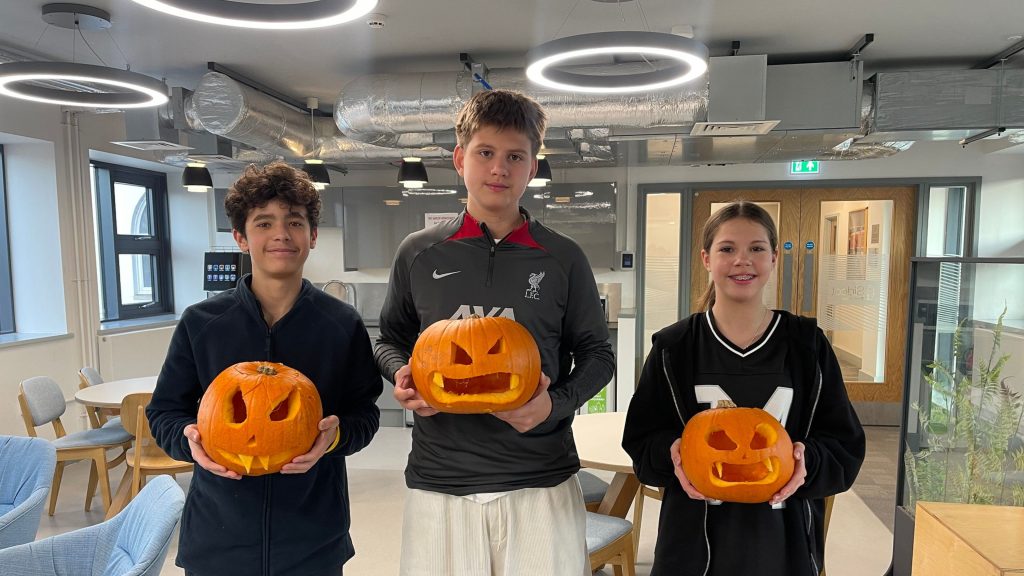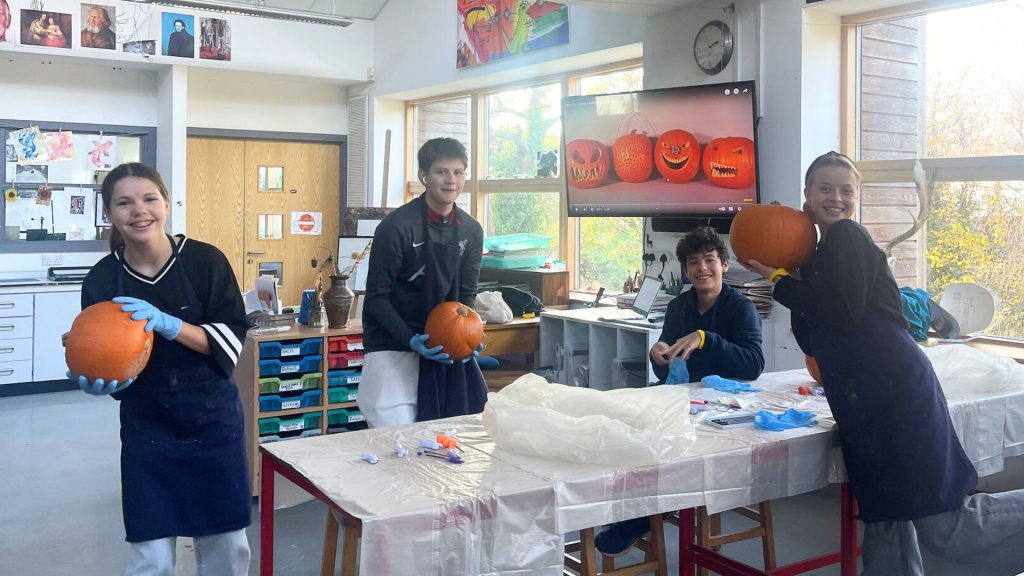However you feel about celebrating Halloween, it is one of those times when British culture comes vividly to life in the classroom. Whether it’s carving pumpkins, dressing up in scary costumes, or simply noticing the seasonal decorations in shops and homes, it offers rich opportunities for exploring language and culture. For teachers and students alike, it’s a perfect example of how the CLIL approach can bring learning to life.
What is CLIL?
CLIL stands for Content and Language Integrated Learning. It’s a teaching method where students learn a subject such as history, science or culture through a foreign language. This is why Academic Summer Camps and Living and Learning English attract students from over 60 different nations to the UK to learn English through their choice of subject. For example, exploring the history and traditions of Halloween becomes both a language and a cultural lesson. Rather than studying English in isolation, students experience how it is used to talk about real topics. They learn content through language and language through content.

Students at Academic Summer Camp improving their English while carving pumpkins for Halloween.
The History of Halloween
Halloween as we know it today has its origins in the ancient Celtic festival of Samhain, which was celebrated in the UK and Ireland over 2000 years ago. It marked the end of summer and the beginning of winter, a time of transition and reflection. When Christianity spread, the festival was linked to All Saints’ Day, or All Hallows, and the night before became known as All Hallows’ Eve. Over time, this evolved into the word we use today: Halloween. For learners, this linguistic history offers a rich way to explore how words develop and change — from All Hallows’ Eve to Hallowe’en to Halloween. It’s a living example of language evolution.
Learning Language Through Culture
Halloween brings with it a set of unique words and expressions: pumpkin, ghost, spooky, trick or treat, Jack-o’-lantern, boo and many others. These are not only part of our vocabulary but also cultural concepts. Discussing them helps students understand how language reflects local customs, imagination and history.
Even simple classroom activities like carving pumpkins can become language-rich learning experiences. As students scoop, carve, describe shapes and talk about their designs, they practise verbs, adjectives and prepositions. They follow instructions, compare results and share traditions from their own countries all through English.
Creative Language and Neologisms
Halloween vocabulary helps learners notice how English constantly reinvents itself. Just like ‘hangry’ or ‘FOMO’, playful seasonal blends like ‘spooktacular’ or ‘fang-tastic’ show the flexibility of the English language. Discussing such neologisms can help students see English as a flexible, evolving system, not just a set of rules to memorise

Why CLIL Works
Content and Language Integrated Learning connects language with real experience. When students learn about Halloween while speaking, listening, reading and writing in English, they don’t just acquire vocabulary, they build context, confidence and cultural understanding.
Through festivals like Halloween, students living and learning in the UK can see language not as something abstract, but as something alive – something they can use, shape and enjoy.
If you’re teaching English to international students, Halloween offers endless CLIL possibilities:
- Compare festivals of light or remembrance across cultures;
- Explore the etymology of commonly used words around Halloween;
- Create neologisms in class like “pumpkintastic”; and
- Encourage creative writing using sensory adjectives or onomatopoeia.
It’s a fun, authentic way to build vocabulary, confidence and cross-cultural understanding.
Be a Leader
In addition to CLIL, at Academic Summer Camps we focus on developing leaders through our Be a Leader campaign. While Halloween is often about costumes and masks, in real life no masks are needed. As our CEO, Helen Lami says: “Halloween might be all about tricks and treats, but in leadership and business, a ‘no tricks’ approach is important to build trust with our partners and clients. At our camps, we celebrate individuality and authenticity. It’s about the real you – no masks required. Here’s to being light in dark places and leading with courage, even in challenging times.”

Al Gibson is a business journalist based in Exeter. He started Countdown Creative in 2020 offering copywriting services to local companies, charities and organisations.